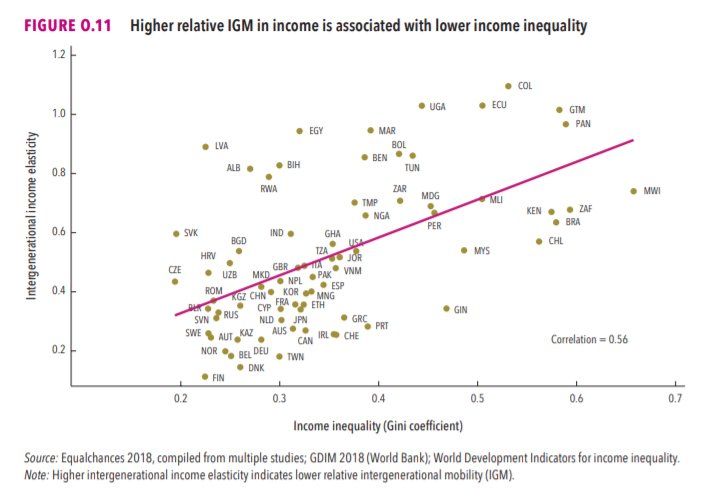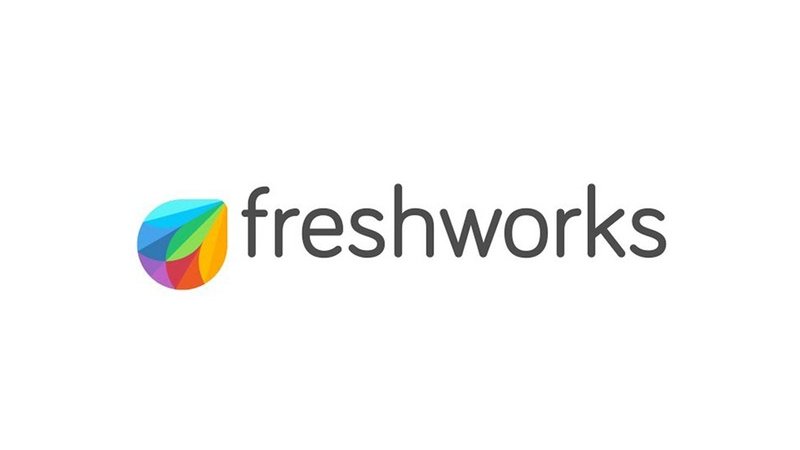But what is more common than not?
A thread on employee equity in early stage startups -- what are the compensation norms? What every early employee should ask? Some thoughts on whether the structure is fair.
Read on >>
But what is more common than not?
And the equity tranche for employee 1 should be closer to a co-founder level.
Caveat - near mkt rate doesn't mean compared to Google or FB salary rates. I mean compared to "normal big cos"
It's basically like working for a big co at that pt. Limited risk and no loss of earnings.
If your co is in a great position & offers competitive comp package - then it's more like a "regular job".
So the equity drops off.
But, if you're bringing all these ppl in at the same time in the same situation as employee 1, 2, they probably should be granted closer to what employee #1 and 2 get.
E.g.
Co-founder -> 30%
Employee #1 -> 3%
Employee #5 -> 0.3%
Employee #15 -> 0.03%
That being said, it may also not actually be that risky when you go to that startup (compared to a big company - which also do layoffs).
Co-founders also have the mental burden of worrying about the whole team and where the next $ is coming from compared to employee #5.
You gain experience on someone else's dime & have no real headaches.
-what % of the co am I getting? (# of shares doesn't matter -- it's the % that matters)
-what is the ability to liquidate?
-can I get access to investor updates?
Let's be honest - it means they don't actually care about you as an employee.
You are going to be a shareholder - shouldn't you know the answer to all these qs?
More from Elizabeth Yin
More from Startup
>> How To Start a Lead Gen Agency <<
This step-by-step process will help you sign $5K - $20K clients in NO TIME.
Learn how to:
✅ Find Leads
✅ Book Meetings
✅ Sign Clients
✅ Scale Processes
// 𝐓𝐇𝐑𝐄𝐀𝐃 //

1/ Make sure you understand the lead gen process.
You NEED to know your shit before you pitch ANYTHING.
A few services you can offer to generate leads:
> Cold email
> LinkedIn outreach
> Facebook ads
> SEO
The list goes on.
Just perfect one of them & you’re SOLID.
2/ Find a niche to pitch your services to.
NICHE DOWN.
Use this doc to find an “untapped” niche:
https://t.co/aYptSNsZw6
I’d suggest choosing 1-3 to start with.
& focus ONLY on these.
3/ Find leads for outreach:
Sign up for a free @IcyLeads account at https://t.co/mz2kYnEko1 to find key decision-maker contact emails for outreach.
You can find emails from the list of niches provided above & filter out job titles such as:
> CEO
> Founder
> Marketing
Etc.
4/ Once you have a list of leads to pitch your services to:
It’s time to write your cold email outreach sequences.
Your cold emails should speak DIRECTLY to the prospect you’re reaching out to.
You can find some winning cold email templates
This step-by-step process will help you sign $5K - $20K clients in NO TIME.
Learn how to:
✅ Find Leads
✅ Book Meetings
✅ Sign Clients
✅ Scale Processes
// 𝐓𝐇𝐑𝐄𝐀𝐃 //

1/ Make sure you understand the lead gen process.
You NEED to know your shit before you pitch ANYTHING.
A few services you can offer to generate leads:
> Cold email
> LinkedIn outreach
> Facebook ads
> SEO
The list goes on.
Just perfect one of them & you’re SOLID.
2/ Find a niche to pitch your services to.
NICHE DOWN.
Use this doc to find an “untapped” niche:
https://t.co/aYptSNsZw6
I’d suggest choosing 1-3 to start with.
& focus ONLY on these.
3/ Find leads for outreach:
Sign up for a free @IcyLeads account at https://t.co/mz2kYnEko1 to find key decision-maker contact emails for outreach.
You can find emails from the list of niches provided above & filter out job titles such as:
> CEO
> Founder
> Marketing
Etc.
4/ Once you have a list of leads to pitch your services to:
It’s time to write your cold email outreach sequences.
Your cold emails should speak DIRECTLY to the prospect you’re reaching out to.
You can find some winning cold email templates
You May Also Like
1/OK, data mystery time.
This New York Times feature shows China with a Gini Index of less than 30, which would make it more equal than Canada, France, or the Netherlands. https://t.co/g3Sv6DZTDE
That's weird. Income inequality in China is legendary.
Let's check this number.
2/The New York Times cites the World Bank's recent report, "Fair Progress? Economic Mobility across Generations Around the World".
The report is available here:
3/The World Bank report has a graph in which it appears to show the same value for China's Gini - under 0.3.
The graph cites the World Development Indicators as its source for the income inequality data.

4/The World Development Indicators are available at the World Bank's website.
Here's the Gini index: https://t.co/MvylQzpX6A
It looks as if the latest estimate for China's Gini is 42.2.
That estimate is from 2012.
5/A Gini of 42.2 would put China in the same neighborhood as the U.S., whose Gini was estimated at 41 in 2013.
I can't find the <30 number anywhere. The only other estimate in the tables for China is from 2008, when it was estimated at 42.8.
This New York Times feature shows China with a Gini Index of less than 30, which would make it more equal than Canada, France, or the Netherlands. https://t.co/g3Sv6DZTDE
That's weird. Income inequality in China is legendary.
Let's check this number.
2/The New York Times cites the World Bank's recent report, "Fair Progress? Economic Mobility across Generations Around the World".
The report is available here:
3/The World Bank report has a graph in which it appears to show the same value for China's Gini - under 0.3.
The graph cites the World Development Indicators as its source for the income inequality data.

4/The World Development Indicators are available at the World Bank's website.
Here's the Gini index: https://t.co/MvylQzpX6A
It looks as if the latest estimate for China's Gini is 42.2.
That estimate is from 2012.
5/A Gini of 42.2 would put China in the same neighborhood as the U.S., whose Gini was estimated at 41 in 2013.
I can't find the <30 number anywhere. The only other estimate in the tables for China is from 2008, when it was estimated at 42.8.














